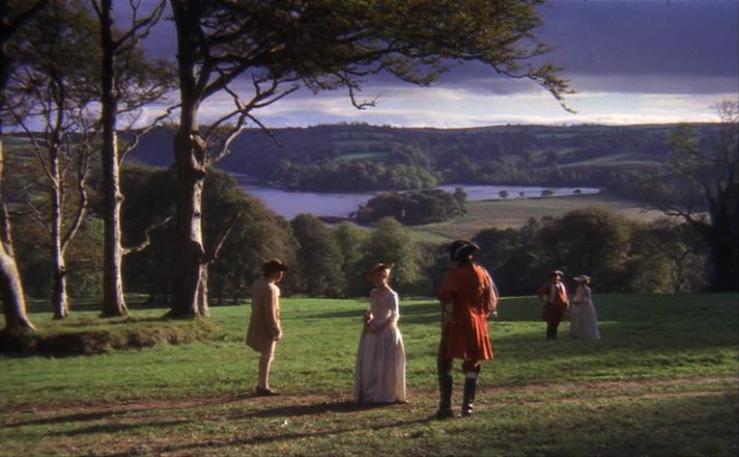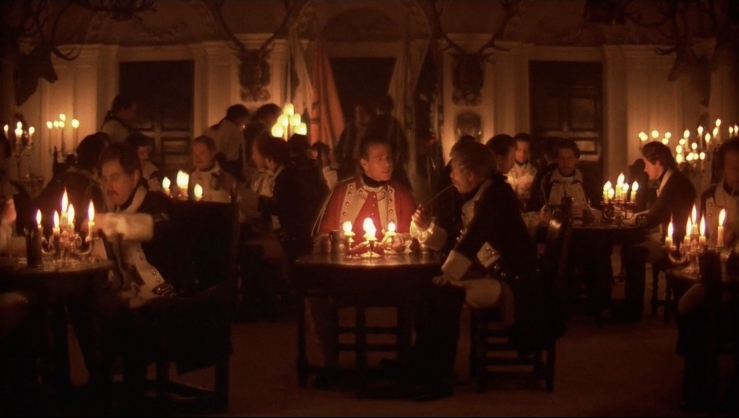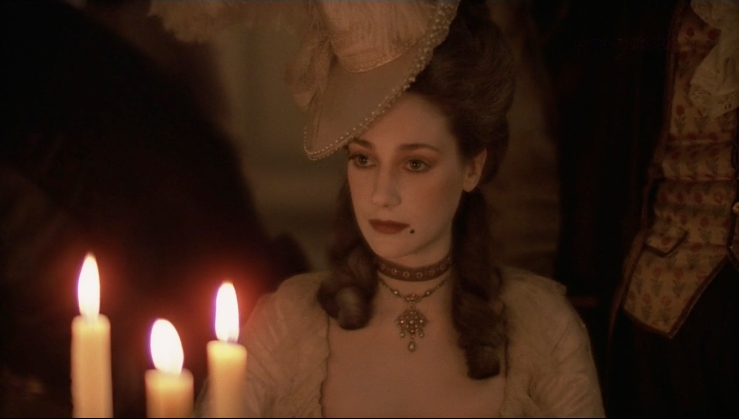I could go on and on about my appreciation and admiration for acclaimed film director Stanley Kubrick, whom I often cite as my favorite director. Kubrick’s obsessive nature and obscure vision set him apart from his peers by always pushing boundaries and finding new, authentic ways to interpret a film for a viewer.
Barry Lyndon is a perfect showcase of Stanley Kubrick’s resourcefulness into creating a beautifully constructed film using light, composition and aesthetic value. The film is so grand and detailed that every scene looks as if it could be a painting itself from the 18th century romantic-era. Kubrick collaborated closely (in typical Kubrick fashion) with Cinematographer, John Alcott, to remodel a Zeiss camera lens, created and used by NASA for a moon expedition on the Hasselblad; another notable camera lens used was the Canon K35, particularly for outside scenes.
What sets Barry Lyndon apart from other phenomenal feats in the cinematography world are the uses of natural light. Natural light, people! This is almost unheard of in any film, TV show or commercial. While artificial and arranged lighting can mask imperfections of actors faces, hide unwanted background material or even capture a certain tone the director needs, it is also much more easier to film with almost all lenses. What Kubrick set out to achieve was almost the impossible during his time of filming. I’m going to break down his use of daylight outside and candlelight inside with these two specific lenses needed and why the actors had to sit very still during filming, not only to give off the illusion of a painting but because if they even moved a few inches too fast, these razor sharp lenses would lose their focus.
Natural light used during daytime– Lens used: Canon K35 T1.2

Image provided by
Todd Alcott
The scene here is of Barry Lyndon, his cousin, Nora Brady, and her loser fiancee, English Army Captain, John Quin. Without giving away too much, there is obviously conflict between the three. We will discuss body language, lines and use of costume color on another post with this same image but for now we need to stick to lighting and lenses.
With this scene you can see the shadows and array of various hues spread across the meadow and behind the actors of the mountains. The scene depicts a quarrel between three people, each casting a shadow but faces covered. This is because of the aperture and zoom quality of the Canon camera. Stanley Kubrick and John Alcott wanted to use only natural light, meaning that they could not go back over the film during editing and adjust the colors to give a consistent palette. With this, Kubrick and Alcott were able to capture not only the green grass and faded brown around the actors, but the hazy blue in the background out of focus. Since the cinematography is firm on natural light only, natural light changes as the day advances therefor John Alcott and his camera technicians had to constantly adjust the aperture to make sure the light would stay set on the scene ahead and not fade out with shadows.
Natural Candelight used during night time- Lens used: Zeiss f 0.7

Image provided by Ricecracker
Here we have Barry Lyndon a year later. So handsome and sure of himself now, isn’t he? Anyways, Barry is sitting with a Prussian Chevalier (a professional gambler), pleased with himself and making deals for the future. But basically, this scene is everything. This is the first grand scene where see with the luminosity of the candlelight shown as the only natural light source on set. John Alcott was able to use Stanley Kubrick’s masterful Zeiss camera from NASA and showcase the use of the fire from the candle all around the room and bounce off the actor’s faces and costumes so well.
What John Alcott also does very well with this scene and the given candlelight is purposefully dot the candelabras in a manner that composes each character’s face in the shot, even background fillers. The sphere shaped set of candles in the middle-left placed between a circle of drinking men could have been omitted, and let the men in the dark but Alcott wanted to provide continuity all across the room. Once you break the scene into sections, you begin to notice how the placement of the candelabras and drinking men around the room circle around Barry and the Chevalier, the focal point of the scene. This was made to be important by Alcott because the Zeiss camera lenses had such a shallow depth field, if the camera or characters would move their bodies or expressions too quickly, as I mentioned earlier, the camera would lose focus and all luminosity of the vibrant candlelight would fade out.

Image provided by Ricecracker
[…] my second post, while exploring the use of natural light in Stanley Kubrick’s Barry Lyndon, I mentioned that we would be able to dissect the use of body language, body lines and their […]
LikeLike